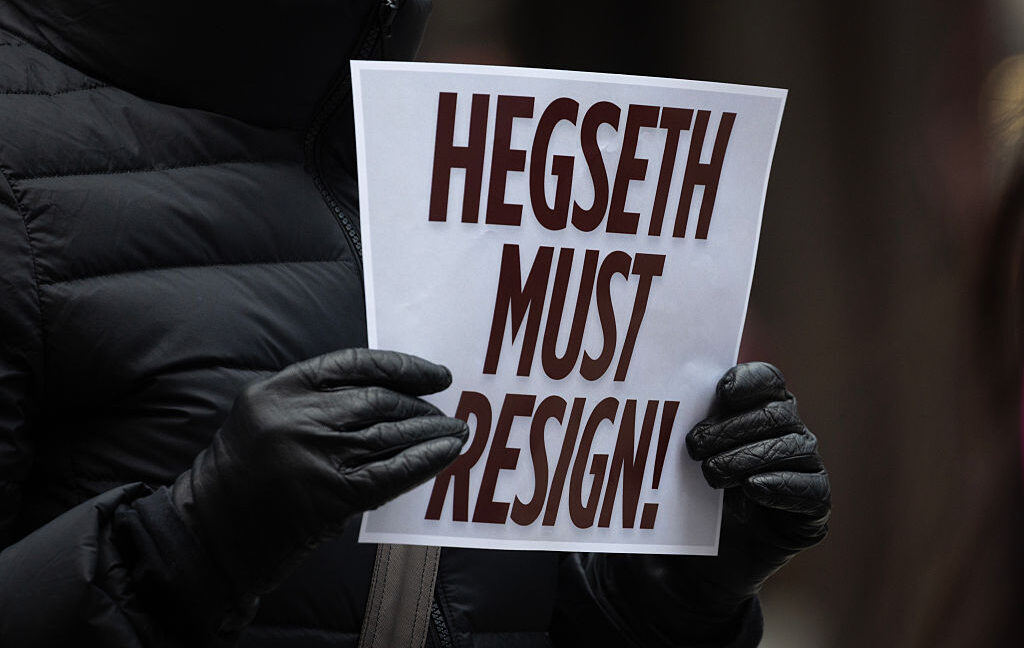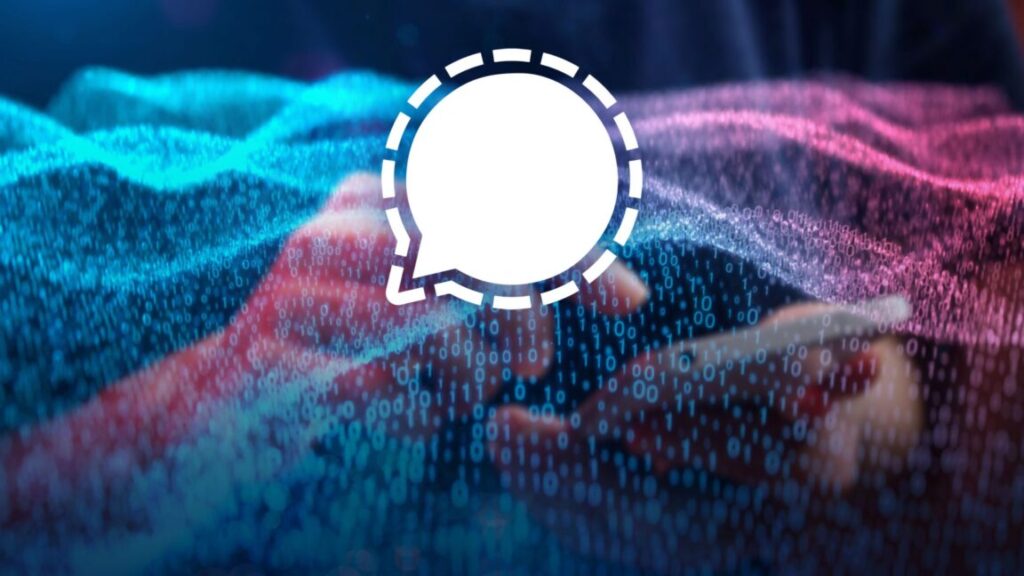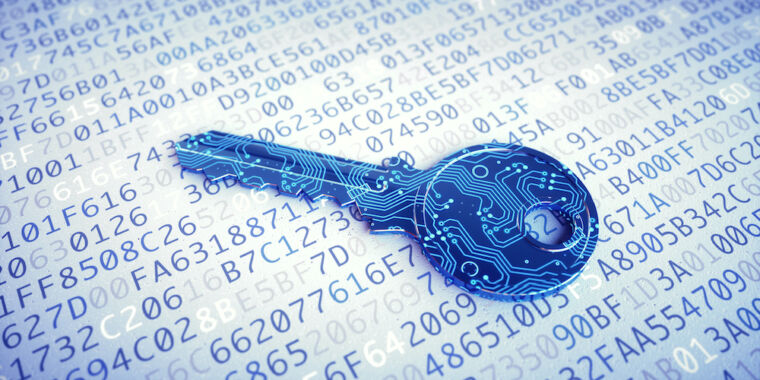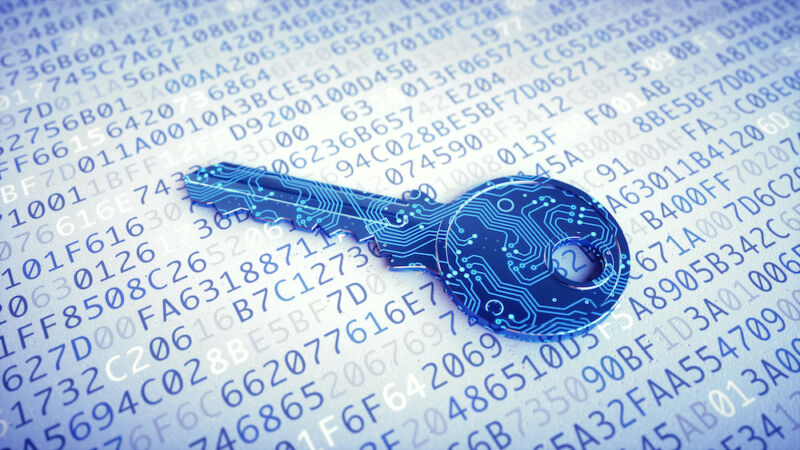White House plagued by Signal controversy as Pentagon in “full-blown meltdown”
“Given that, it’s hard to see Defense Secretary Pete Hegseth remaining in his role for much longer,” Ullyot forecasted.
According to NPR—which has been the target of Trump threats to rescind funding—four of Hegseth’s senior advisors abruptly quit after The Times report was published. “They have all released public statements suggesting infighting within the department of defense,” NPR reported.
But Trump and Hegseth are presenting a united front against the public backlash. Trump confirmed that he considers any discussion of Hegseth’s chats a “waste of time,” The New York Times reported. And on Sunday, Hegseth told reporters gathered for a White House Easter event that he and Trump are “on the same page all the way.”
Hegseth labeled The Times’ latest report as a “hit piece.” Citing four people familiar with his family Signal chat, NYT report noted that Hegseth updated both Signal groups about the attack plans at about the same time, and these “were among the first big military strikes of Mr. Hegseth’s tenure.”
The implication is that if the media hadn’t outed the Signal use, perhaps Hegseth may have continued risking leaks of confidential military information. And although he and Trump hope the backlash will die down soon, his inclusion of his wife and brother on the second chat likely raises additional flags and “is sure to raise further questions about his adherence to security protocols,” the NYT suggested.
Sean Parnell, the chief Pentagon spokesperson, joined the White House in pushing back against reports, claiming the NYT’s sources are “disgruntled” former employees and insisting on X that “there was no classified information in any Signal chat.”
According to The Atlantic’s editor-in-chief, Jeffrey Goldberg, who was accidentally copied on the initial Signal chat that sparked the backlash, Hegseth shared “precise information about weapons packages, targets, and timing” two hours before the attack.
White House plagued by Signal controversy as Pentagon in “full-blown meltdown” Read More »




